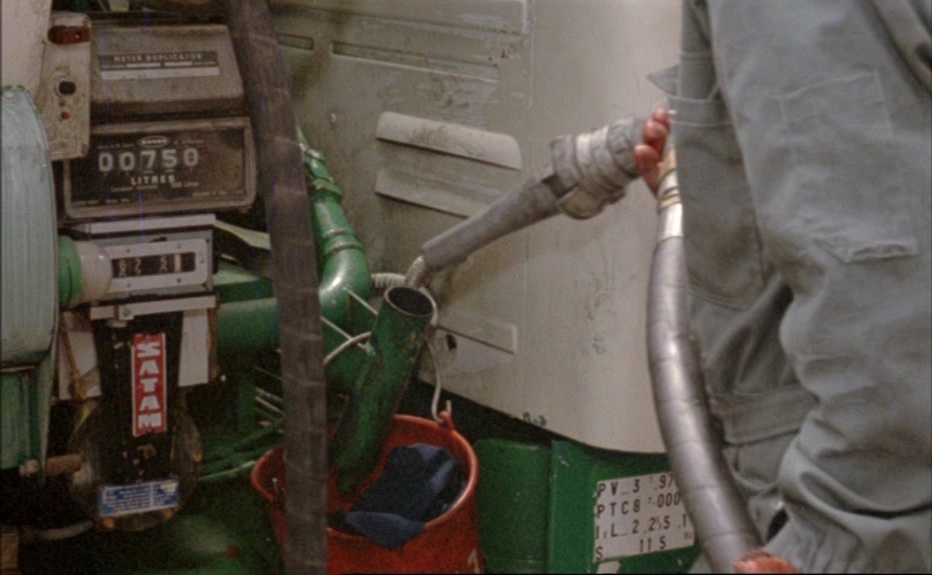Research as Scrutiny. Our most demanding issues are aesthetic issues.
DOI:
https://doi.org/10.58519/aesthinv.v3i2.11932Keywords:
urgent problems, metaphysics, aesthetics, artAbstract
Certain art theorists think of what artists do as artistic research. But research is fact- and theory-driven, whereas when a film is being made what directors do is scrutinise what they see happening before their eyes. This scrutiny is guided by aesthetic judgement, individual style, and subjective intuition. It makes good sense to investigate the research that went on before a work was made, and to look at the theoretical implications of that work. But the most important work to be done is our paying attention to the scrutiny that went on during the work's actual creation. The importance and meaning of art are in the artist's scrutiny.
Downloads
References
Aristotle. n.d. (1965). On the Art of Poetry. Penguin Books.
Bourdieu, Pierre. 1990. The Logic of Practice. Translated by Richard Nice. Polity Press.
Gerwen, Rob van. 2018. Shall we stay in touch. How we remove the mind from our world view. (In Dutch, Zullen we contact houden. Hoe we de geest uit ons wereldbeeld verwijderen.). Utrecht: Klement.
Husserl, Edmund. 1970. The Crisis of European Sciences and Transcendental Phenomenology. Northwestern University Press.
Matravers, Derek. 1997. “The paradox of Fiction: The Report versus the Perceptual Model.” In Emotion and the Arts, edited by Mette Hjort and Sue Laver, 78–94. Oxford: Oxford University Press.
Savile, Anthony. 1982. “Sentimentality.” In The Test of Time, 236–50. Oxford: Clarendon Press.
Wollheim, Richard. 1993. “Pictorial Style: Two Views.” In The Mind and its Depths, 171–184. Cambridge (Mass.), London (England): Harvard University Press.
Downloads
Published
Issue
Section
License

This work is licensed under a Creative Commons Attribution 4.0 International License.
Authors who publish with this journal agree to the following terms:
Authors retain copyright and grant the journal right of first publication with the work simultaneously licensed under a Creative Commons Attribution License that allows others to share the work with an acknowledgement of the work's authorship and initial publication in this journal. Note: up to volume 4 issue 1, an incorrect copyright line appears in the PDFs of the articles.
Authors are able to enter into separate, additional contractual arrangements for the non-exclusive distribution of the journal's published version of the work (e.g., post it to an institutional repository or publish it in a book), with an acknowledgement of its initial publication in this journal.
Authors are permitted and encouraged to post their work online (e.g., in institutional repositories or on their website) prior to and during the submission process, as it can lead to productive exchanges, as well as earlier and greater citation of published work (See The Effect of Open Access).






